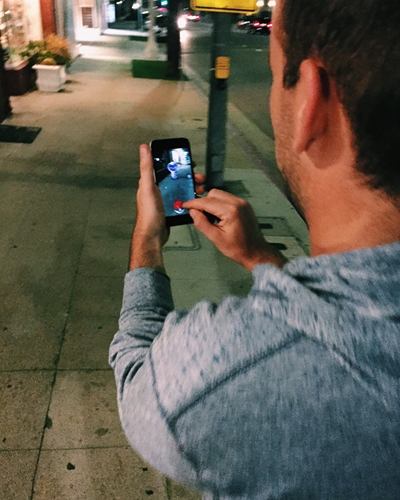In just a short period of time, Pokemon Go – an app that embeds collectable little creatures directly into the real world – saw tremendous popularity in success. In less than a week, the app had been downloaded more than Twitter, WhatsApp and many other widely used applications, breaking the Apple App store record, according to The Verge.
What’s most striking about Pokemon Go’s success is how wildly different the game is from others that came before it. It represents a major step forward in the mainstreaming of virtual reality, and millions of users seemed perfectly happy to share personal data and their real-time location for the game.
Accepting augmented reality
The success of Pokemon Go shows that regular people, especially younger individuals, are seemingly unmoved when navigating a digital space. It is this attitude that will likely continue the growth of telemedicine, as more and more folks see video conferencing as a normal, everyday activity. In fact, the American Telemedicine Association found that in many instances, a lack of access was the number one barrier for the adoption of telemedicine rather than apprehension.
“Pokemon Go could be a framework the next chapter of telemedicine.”
At the same time, Pokemon Go could be a framework for what the next chapter of telemedicine looks like. The game embeds cartoon creatures directly into the real world, and could be a method for augmented reality moving forward.
It serves as a proof of concept that regular people are comfortable with using a smartphone or personal computer to access something – be it a Pokemon or virtual doctor – in a way that feels more real.
Improving health outcomes and connectivity
As users walk dozens of miles in search of Pokemon, it has made people healthier without them even realizing it. For healthcare professionals interested in promoting preventative, health behaviors among patients, gamification and other angles could be very powerful. For young people and children especially in today’s generation, this could represent an opportunity to instill familiarity with regular exercise. A doctor may be able to use Pokemon Go or another system to encourage physical activity with better results than a stern lecture or more traditional tactic.
Previous research has found that patients’ attitudes about personal health data have shifted in recent years, according to the Association for the Advancement of Artificial Intelligence, and the popularity of Pokemon Go shows that many folks are ready for a highly-connected world. Within the bounds of existing laws and protocols, greater access to health data can improve treatment options for patients. For example, in telemedicine platforms or healthcare apps with similar rewards and appeal as Pokemon Go, a physician may be able to track a patient’s exercise, do a virtual checkup or exam and offer advice or even praise. By communicating through digital technology such as telemedicine, the entire interaction becomes quick, immediate and inexpensive for both parties.





